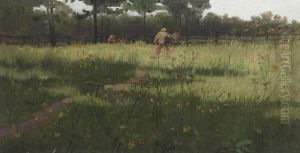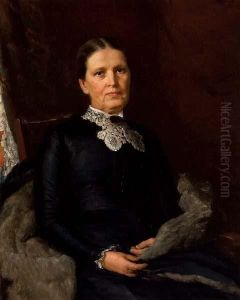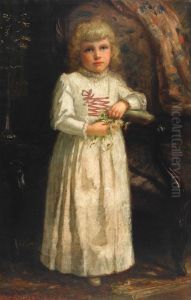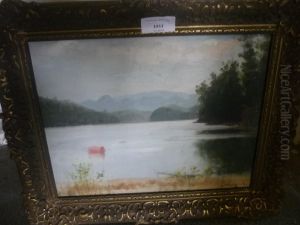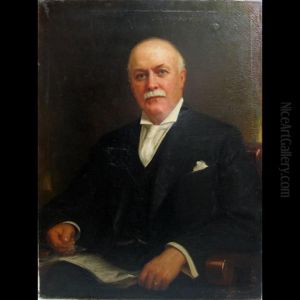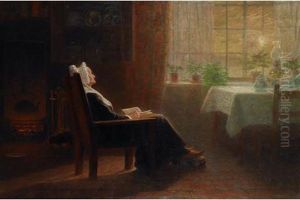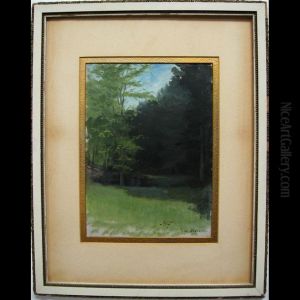John Wycliffe Lowes Forster Paintings
John Wycliffe Lowes Forster, born on December 31, 1850, in Norval, Ontario, Canada, was a prominent Canadian portrait artist whose contributions to art captured the essence of Canadian historical figures and early settlers, thereby preserving an integral part of Canada's heritage. Forster's keen interest in art was evident from an early age, leading him to pursue his passion with determination and vigor. His initial studies in art were undertaken in Toronto, but recognizing the need for broader exposure and more in-depth training, he ventured to Europe, a common practice among artists of his time seeking to refine their skills and broaden their perspectives. His time in Paris, studying under renowned masters, significantly influenced his technique and approach to portraiture, embedding in his work a blend of Canadian sensibility with European artistic traditions.
Upon returning to Canada, Forster established himself in Toronto, where he quickly became a sought-after portraitist, capturing the likenesses of notable Canadian figures. His subjects ranged from politicians and businessmen to educators and clergy, each portrait imbued with a sense of character and depth that transcended mere representation. Forster's ability to capture the essence of his subjects, combined with his technical skill, earned him a distinguished place in Canadian art history. His works were not only valued for their artistic merit but also for their contribution to the documentation of Canada's burgeoning identity as a nation.
Beyond portraiture, Forster's interests spanned a variety of subjects, including landscapes and historical scenes, though these areas of his work are less recognized. His commitment to art and its development in Canada was evident through his involvement with various art organizations and his role as a founding member of the Canadian Art Club in 1907, an entity that played a crucial role in promoting Canadian art and artists at a time when the nation's art scene was still finding its footing.
John Wycliffe Lowes Forster's legacy is preserved not only in the portraits that hang in galleries and institutions across Canada but also in his influence on a generation of Canadian artists. Through his dedication to his craft and his country, he helped lay the groundwork for the development of a distinct Canadian art form. Forster passed away on April 24, 1938, in Toronto, but his contributions to the art world continue to be celebrated, marking him as a pivotal figure in the narrative of Canadian art history.
